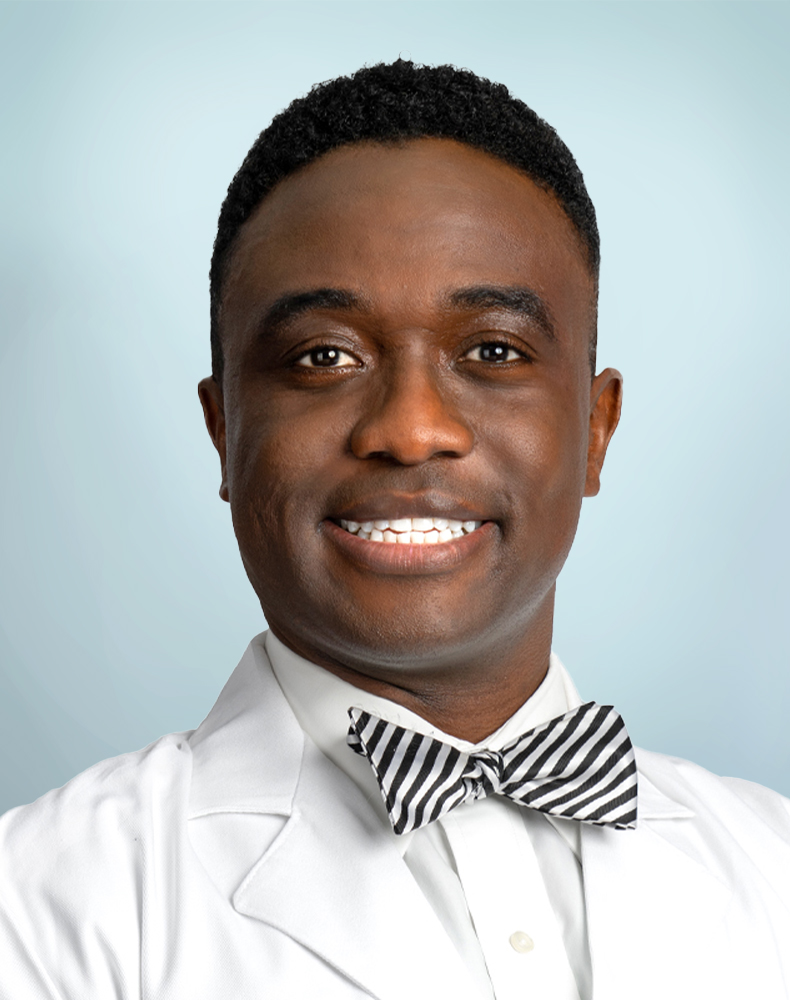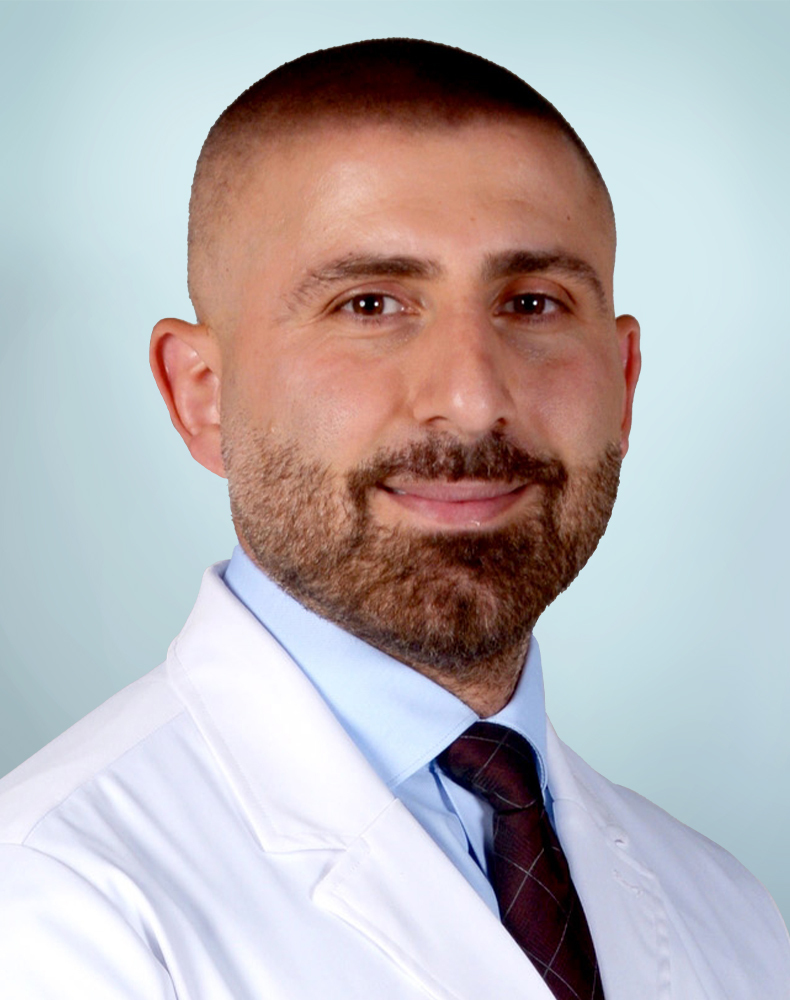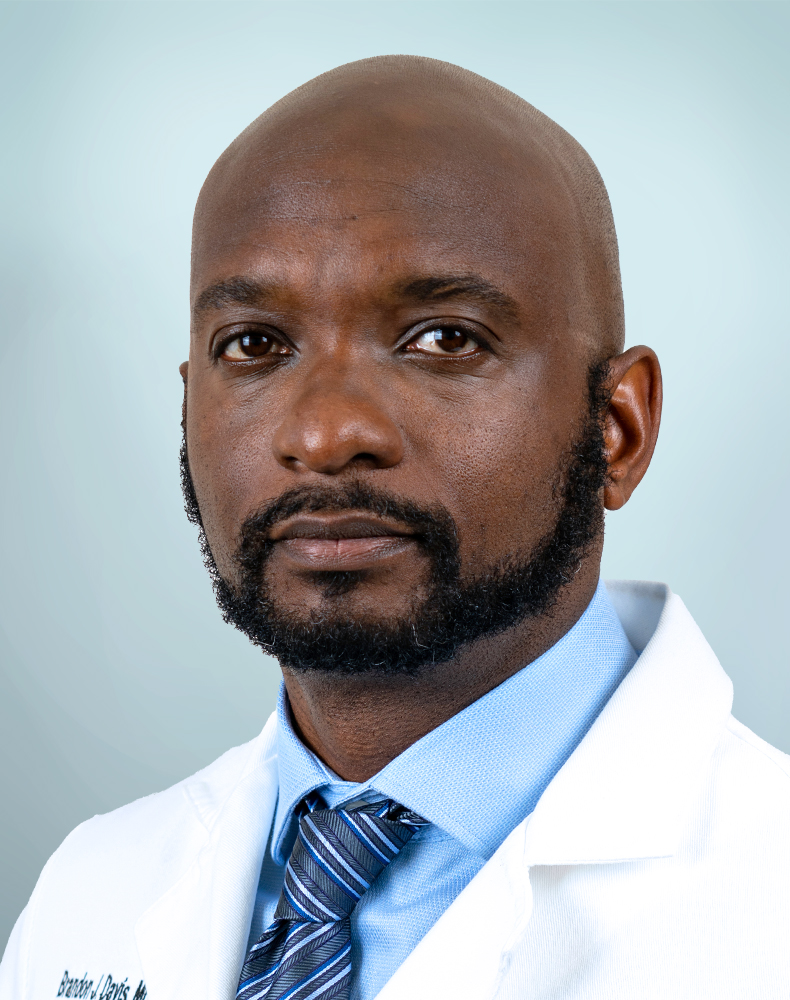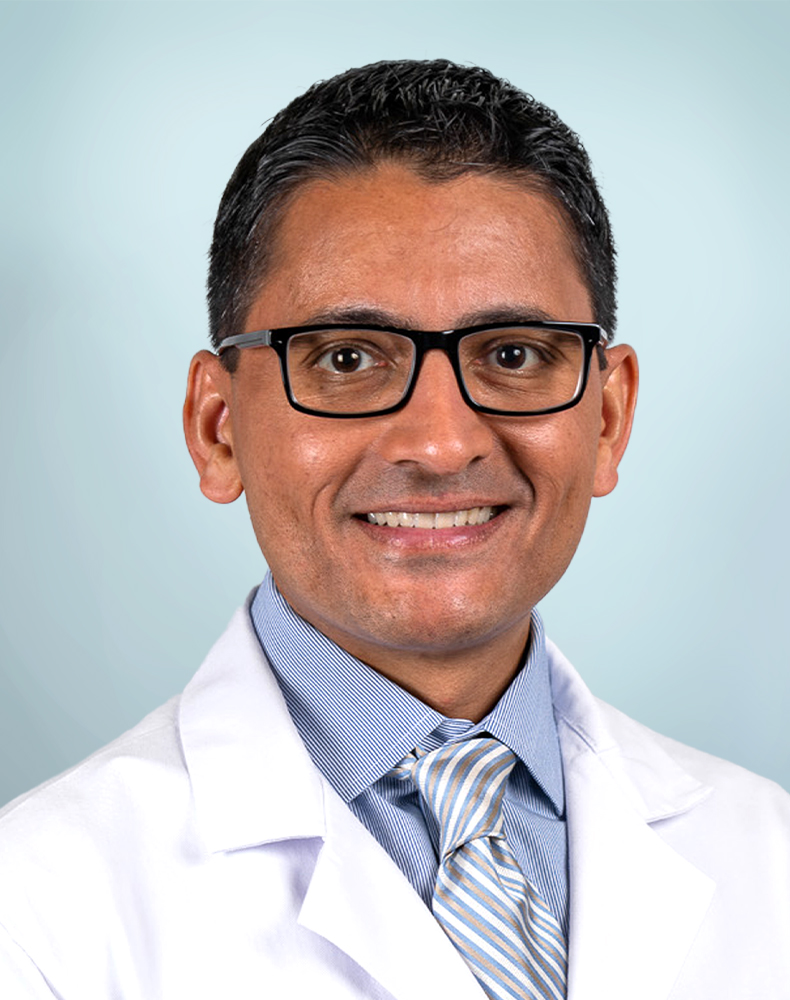Arteriovenous Malformations (AVMs)
We offer advanced treatments for brain and spinal cord AVMs to reduce your risk of stroke.
AVMs are abnormal attachments between arteries and veins that occur most often in the brain and spinal cord. Because AVMs can rupture, we may monitor them closely or remove them.
Diagnosing AVMs
In the U.S., about 3,000 people are diagnosed with AVMs each year. If you have symptoms, your doctor may order imaging tests to diagnose an AVM or rule out other conditions. In some cases, doctors discover AVMs accidentally during imaging tests for other conditions.
Tests we use to diagnose brain and spinal cord AVMs include:
- CT and MRI scans: CT and MRI scans can show masses or areas of bleeding.
- CT angiography (CTA) and MR angiography (MRA): CTA and MRA are specialized scans doctors use to look at blood vessels. They combine CT or MRI imaging with an injection of contrast dye into a vein. The dye provides a clearer view of the blood vessels and any irregularities.
- Cerebral and spinal angiography: These minimally invasive tests capture detailed images of the blood vessels in your brain and spinal cord. They involve inserting a thin tube (catheter) into an artery to reach the AVM and then releasing a contrast dye while taking X-rays. Your doctor may perform treatment during the test using tiny tools passed through the catheter.
If you have a ruptured AVM, rapid diagnosis and treatment are essential. At Memorial Neuroscience Institute, our stroke centers provide exceptional emergency and follow-up care. Learn more about our approach to stroke treatment and our efforts to improve patient outcomes.
AVM Treatments
Our doctors evaluate AVMs carefully to assess the risk of rupture. If the risk is low, we may recommend monitoring you closely with routine checkups and imaging tests. During this time, medications can help relieve symptoms such as headaches or back pain.
If your doctor finds you have an elevated risk of bleeding, you may need a procedure, such as:
- Embolization: This minimally invasive technique reduces blood flow through the AVM. Your doctor inserts a thin tube into an artery and guides it to the AVM. They then inject a substance, such as glue or metal coils, to block blood flow and shrink the AVM. We typically perform embolization before surgery or radiosurgery to make these procedures safer.
- Microsurgery: Microsurgery is usually an option to remove AVMs in the outer areas of the brain and spinal cord. Neurosurgeons perform microsurgery through open incisions. They use a powerful microscope and small tools to safely navigate around surrounding tissues.
- Radiosurgery (CyberKnife®): We typically use radiosurgery for AVMs located deeper in the brain. CyberKnife is an advanced type of radiation therapy that delivers focused beams of radiation. This radiation damages blood vessels in the AVM. Eventually, the blood vessels die and fade away.
AVMs: Why Choose Memorial Neuroscience Institute?
As a leading neuroscience program in Broward County, we provide:
- Specialized expertise: You receive care from an experienced team of neurologists, neurosurgeons, neuro-interventionalists and neuroradiologists. They work together seamlessly to reduce your stroke risk. Meet our team.
- Advanced treatments: Our specialists use the latest technologies and techniques to treat AVMs. You may also have access to treatments available only through clinical trials.
- Prompt appointments for new patients: We offer same-day appointments for new AVM diagnoses to create a treatment course right away.
- Care tailored to you: We evaluate AVMs on a case-by-case basis, personalizing care to your unique needs. Every team member works to enhance your care experience and safeguard your health.
- Nationally recognized stroke centers: Memorial Neuroscience Institute features two Comprehensive Stroke Centers (the highest level) and two Primary Stroke Centers. These designations reflect our commitment to exceeding national benchmarks for stroke treatment outcomes.










